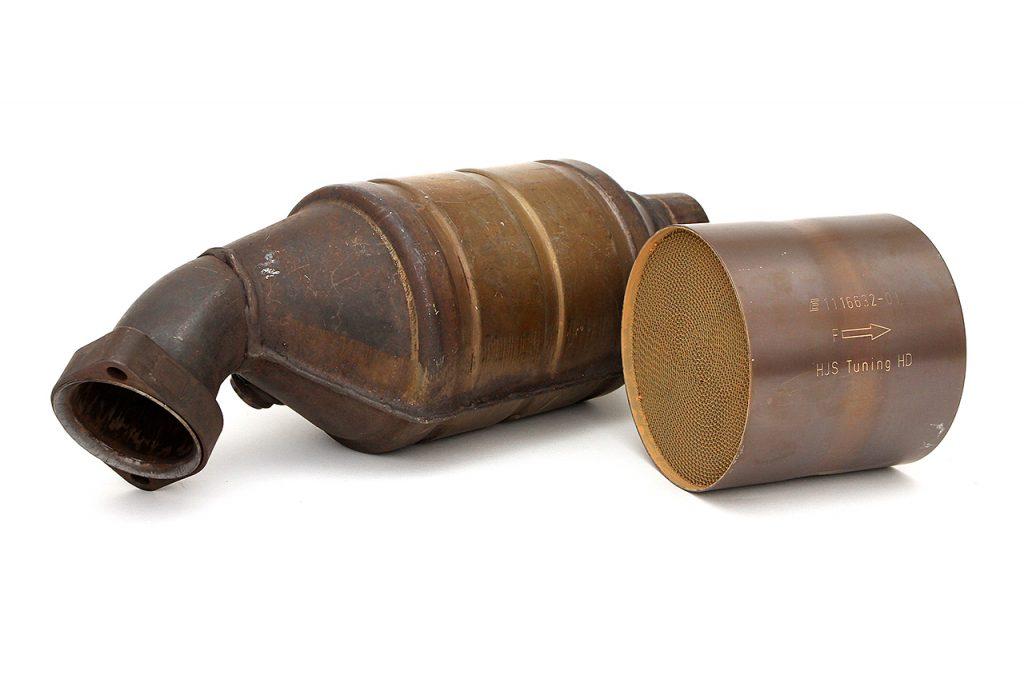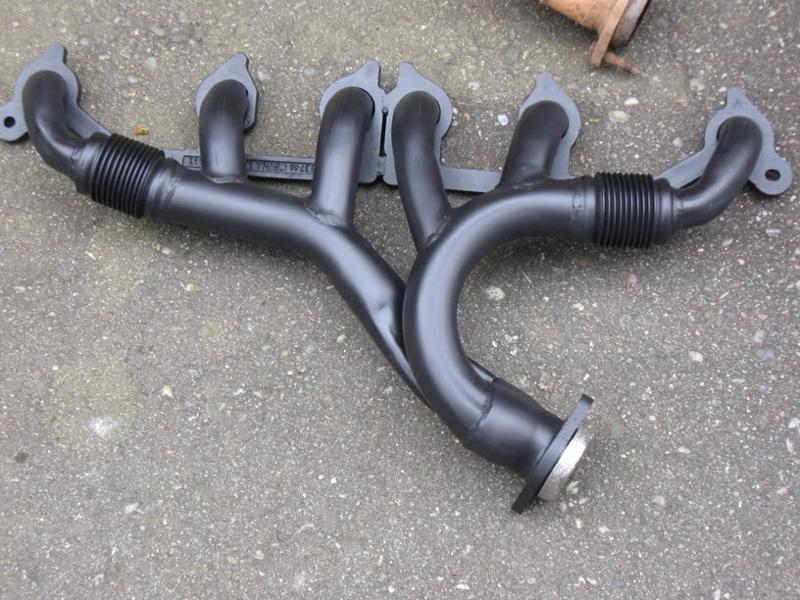An internal combustion engine can suffer from a problem like an exhaust manifold leak. Imagine the toxic fumes produced by the engine going back inside the car. Deadly, right?
The exhaust manifold prevents those gasses from leaking back into the vehicle. So, it’s bad news, not only for the engine but also for the people inside the car, when the exhaust manifold develops a leak.
You should take immediate repair action if you suspect a leak in the exhaust manifold. Delaying will lead only to bigger damage such as the catalytic converter, which means more expensive repair work.
Contents
Symptoms of an Exhaust Manifold Leak
So, how do you know that there is something wrong with this component? The warning signs are quite easy to catch actually—you hear a ticking sound or smell exhaust gasses coming from the engine compartment.
Do a visual inspection if you detect any of these signs. Black soot around the downpipe connection and manifold is almost a surefire way to tell that there is a leak. Some other symptoms include:
- Burning smell in the engine bay
- The engine making excessive noise
- Reduced acceleration power
- Poor fuel efficiency
Reasons for an Exhaust Manifold Leak
Leaked manifold gasses damage surrounding components over time. The list of the havoc it causes are:
- Slowing down warm-up time (which directly affects the fuel consumption rate)
- Affecting the functions of oxygen sensors
- Causing improper fuel trim
- Disrupting the functions of the EGR valve
- Burning exhaust valves
- Untimely failure of the catalytic converter
The occurrence of these problems depends on the location of the leak. There is less chance of damage when the leak is far from the catalytic converter and the engine.

The common reasons for an exhaust manifold leak are:
A Leak in the Manifold Gasket
Due to extreme heat, the metal in the gasket goes through continuous expansion and contraction. This could cause a leak in the gasket, leading to bigger troubles over time.
The manifold gasket is responsible for sealing the whole exhaust system. A leak means the system is not properly sealed, affecting the drivability and performance of the car.
When the gasket fails to perform, you will hear a noise in the exhaust when starting the car. But it will fade away after some time.
Cracked Manifold
The reason causing manifold cracks is similar to a leak occurring in the gasket. It starts as a hairline crack and creates noise when you start the vehicle.
But it goes off after a few minutes once the manifold’s metal expands after being heated up, self-sealing the crack.
However, the crack gradually expands over time and the exhaust noise becomes persistent. You should repair it before reaching that point.
Loose/Broken Bolts or Studs
A broken or loose stud or mounting bolt could be the reason for a leak in the manifold. These bolts and studs wear out due to the continuous heating and cooling cycles, creating a crack or hole in the manifold.
SEE MORE:
- Common Symptoms of an Intake Manifold Gasket Leak
- Differential Leak: What are the Reasons and How to Troubleshoot?
How to Fix an Exhaust Manifold Leak
As we’ve learned earlier, an exhaust manifold has to sustain intense heat and goes through constant heating and cooling cycles. This is why it suffers leak, crack, and other issues.

How can you fix this problem? Well, you have to replace it with a new one. This guideline will show you the safest way to do the task.
Things You Will Need
- A new exhaust manifold gasket
- Ratchet, wrenches, and a socket set
- Torque wrench
- A jack and jack stands
- Degreaser and penetrating oil
- Shop towels and gloves
- Repair manual
Exhaust Manifold Replacement: Steps to Follow
Before starting the repair or replacement, you have to prepare the vehicle. This involves giving the engine enough time to cool down and disconnecting the negative battery cable.
The car should be parked on a flat surface (a garage would be an ideal place) and then set the car to the parking brake. Raise the car from the ground by using a jack and then rest on the jack stands.
You are set. Now, move on with the repair work:
Check the Leak
This is important because you don’t want to deal with another leak after just being done with one.
So, examine the engine and the exhaust manifold to see how many leaks are there. Look under the hood to check if any oil is leaking into the manifold.
WARNING
- The engine must be cold when you are doing the examination because the manifold and other components could be red-hot. If you haven’t had enough time to cool off the engine, wear a pair of safety gloves at least.
Remove the Bolts
After locating the leak (or leaks), you can proceed with the repair work. In this step, you will remove the bolts that hold the manifold in its place.
Take off the engine cover or heat shields with ratchet and sockets to get access to the bolts. You may need to disconnect the dipstick tube or EGR valve’s intake pipe to get full access to the manifold.
The manifold is attached to the engine head with two large bolts. You may need to use wrenches because these are supposed to be tight. To make the process easier, apply penetrating oil on the bolts and let them soak for at least 15 minutes.
Remember to apply gentle pressure when unfastening them because excessive force can damage them or worse, breaking off the bolt head. If they still feel tight, spray the oil again and try a few minutes later.

Replace the Manifold/Gasket
Pull the manifold away from its housing but don’t remove it completely from the engine if you need to replace the gasket only. Slide the gasket out and push a new one to the slot in the cylinder head.
Changing the manifold will be a time-consuming and critical job as you have to disconnect it from the engine completely. In that case, taking the car to the mechanic would be the best option.
Check out this video from 1A Auto to learn more about the trickiest and sneakiest exhaust leak: the manifold leak!



